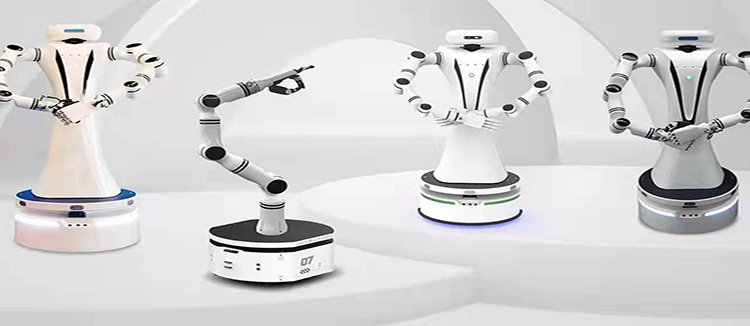Understanding the Precision and Efficiency of DD Motor Technology
When it comes to the world of precision engineering and motion control, the term "DD motor" is synonymous with innovation and reliability. A DD motor, or Direct Drive motor, is a type of electric motor that eliminates the need for a mechanical transmission, such as belts or gears, by directly coupling the motor's rotor to the load. This design not only simplifies the system but also offers a range of benefits that are crucial in high-precision applications. In this article, we will delve into the intricacies of DD motor technology, its advantages, and why it is becoming increasingly popular in various industries.

The DD motor's direct drive architecture is its most distinguishing feature. By directly connecting the motor's rotor to the load, it eliminates the need for any intermediate mechanical components, which can introduce backlash, wear, and inefficiency. This direct connection results in a more compact design, higher precision, and improved control over the motion of the load. The absence of mechanical transmission also means that there is less heat generation, which can be a significant advantage in applications where thermal stability is critical.
One of the primary advantages of DD motor technology is its high torque density. Because there are no gears or belts to transmit power, the motor can produce a high amount of torque directly at the rotor. This characteristic is particularly beneficial in applications requiring high starting torque, such as in robotics or heavy machinery. The high torque density also allows for faster acceleration and deceleration, which can lead to increased productivity and efficiency in manufacturing processes.
Another significant benefit of DD motor technology is its precision. The direct drive system allows for very fine control over the position and speed of the load. This precision is crucial in applications such as semiconductor manufacturing, where the accuracy of the equipment can directly impact the quality and yield of the final product. The DD motor's precision is further enhanced by its ability to provide high-resolution feedback, which can be used to make real-time adjustments and corrections.

Energy efficiency is another area where DD motor technology excels. The elimination of mechanical transmission components not only reduces heat loss but also decreases energy consumption. This is because the motor can operate at a higher efficiency due to the direct transfer of power to the load. In industries where energy costs are a significant concern, such as in large-scale manufacturing or data centers, the energy savings provided by DD motors can be substantial.
Maintenance is also simplified with DD motor technology. The absence of belts, gears, and other mechanical components means there are fewer parts that can wear out or fail. This can lead to reduced downtime and lower maintenance costs, which is a significant advantage for businesses looking to optimize their operations. The long-term reliability of DD motors is further enhanced by their robust construction and the use of high-quality materials.
DD motor technology is not without its challenges, however. The initial cost of DD motors can be higher than that of traditional motors due to the advanced materials and precision manufacturing processes required. Additionally, the design and control systems for DD motors can be more complex, requiring specialized knowledge and expertise. However, these challenges are often outweighed by the long-term benefits of improved performance, reliability, and efficiency.
As technology continues to advance, the applications for DD motor technology are expanding. From precision machinery in manufacturing to high-precision positioning in scientific research, the demand for DD motors is growing. The potential for integration with smart systems and the Internet of Things (IoT) also opens up new possibilities for remote monitoring, predictive maintenance, and optimized performance.
In conclusion, DD motor technology represents a significant step forward in the field of motion control and precision engineering. Its direct drive design offers numerous advantages, including high torque density, precision, energy efficiency, and reduced maintenance requirements. As industries continue to push the boundaries of what is possible, the adoption of DD motor technology is likely to increase, driving innovation and improving performance across a wide range of applications.










